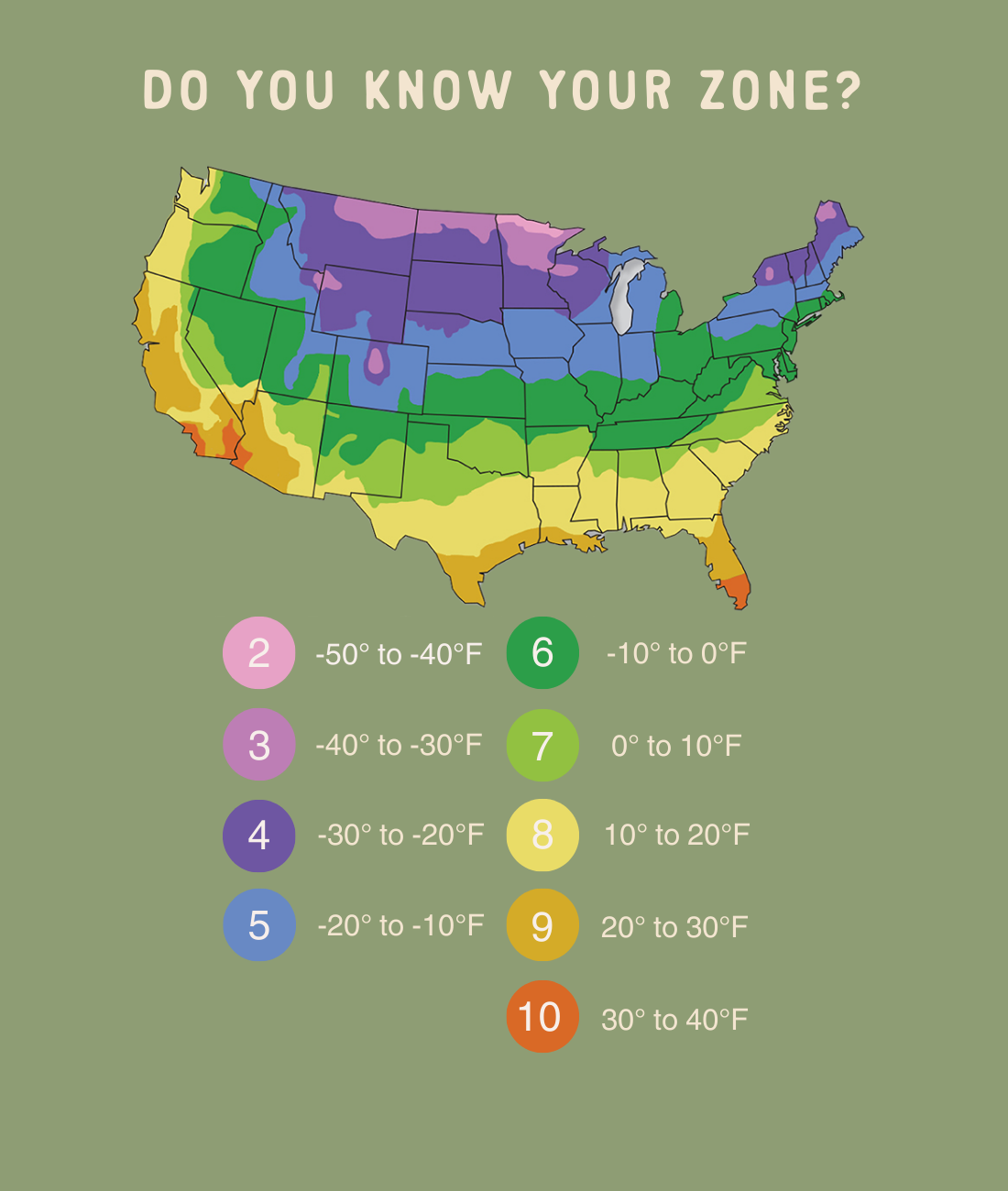Understanding planting zones is a crucial step in successful gardening. These zones, determined by average annual minimum winter temperatures, help gardeners select plants that are likely to thrive in their specific climate. By knowing your planting zone, you can make informed decisions about what to plant, when to plant, and how to care for your garden.
Planting zones are geographic regions with similar climatic conditions. The United States Department of Agriculture (USDA) Plant Hardiness Zone Map divides North America into 13 zones, numbered 1 through 13. Zone 1 is the coldest, while Zone 13 is the warmest.
:max_bytes(150000):strip_icc()/ms-usda-gardening-zone-3a925f9738ce4122b56cde38d3839919.jpg)
1. Online Tools: Numerous online tools and apps allow you to input your ZIP code or city and state to determine your planting zone.
2. Local Nursery or Garden Center: Consult with local experts at nurseries or garden centers. They can provide specific information about your area’s climate and recommended plants.
Plant Survival: Choosing plants that are suited to your climate increases their chances of survival and thriving.
Research Local Native Plants: Native plants are well-adapted to your region’s climate and soil conditions, often requiring less maintenance.

By understanding planting zones and following these tips, you can create a beautiful and productive garden that flourishes year after year. Remember, gardening is a rewarding hobby that can bring joy and beauty to your life.
1. What if I live on the border between two planting zones?
If you live on the border between two zones, consider the specific microclimate of your location. Factors like elevation, proximity to water bodies, and local weather patterns can influence plant hardiness.
2. Can I grow plants from a warmer zone in a colder zone?
It’s possible to grow plants from a warmer zone in a colder zone, but it requires extra care and protection. You may need to provide additional warmth, such as using cold frames or row covers.
3. How do planting zones affect container gardening?
Planting zones still apply to container gardening. However, containers can provide some insulation and protection, allowing you to grow a wider range of plants.
4. What is the difference between a hardiness zone and a growing zone?
Hardiness zones indicate the minimum winter temperature, while growing zones refer to the average number of frost-free days. Both factors are important for plant selection and timing.
5. How can I extend my growing season?
You can extend your growing season by using techniques like cold frames, row covers, and greenhouse tunnels. These structures can protect plants from frost and cold temperatures, allowing you to start planting earlier and harvest later.




:strip_icc()/september-charm-japanese-anemone-273ca0fb-3511682d129e4f62833c2c183c2b1dd5.jpg?w=200&resize=200,112&ssl=1)
:max_bytes(150000):strip_icc()/alocasia-dragon-scale-2-2cd4495e57da49ea956b65db63656881.jpg?w=200&resize=200,112&ssl=1)


:max_bytes(150000):strip_icc()/GettyImages-1174305372-718fb182f53b4714bd0789d8a312d66f.jpg?w=200&resize=200,112&ssl=1)